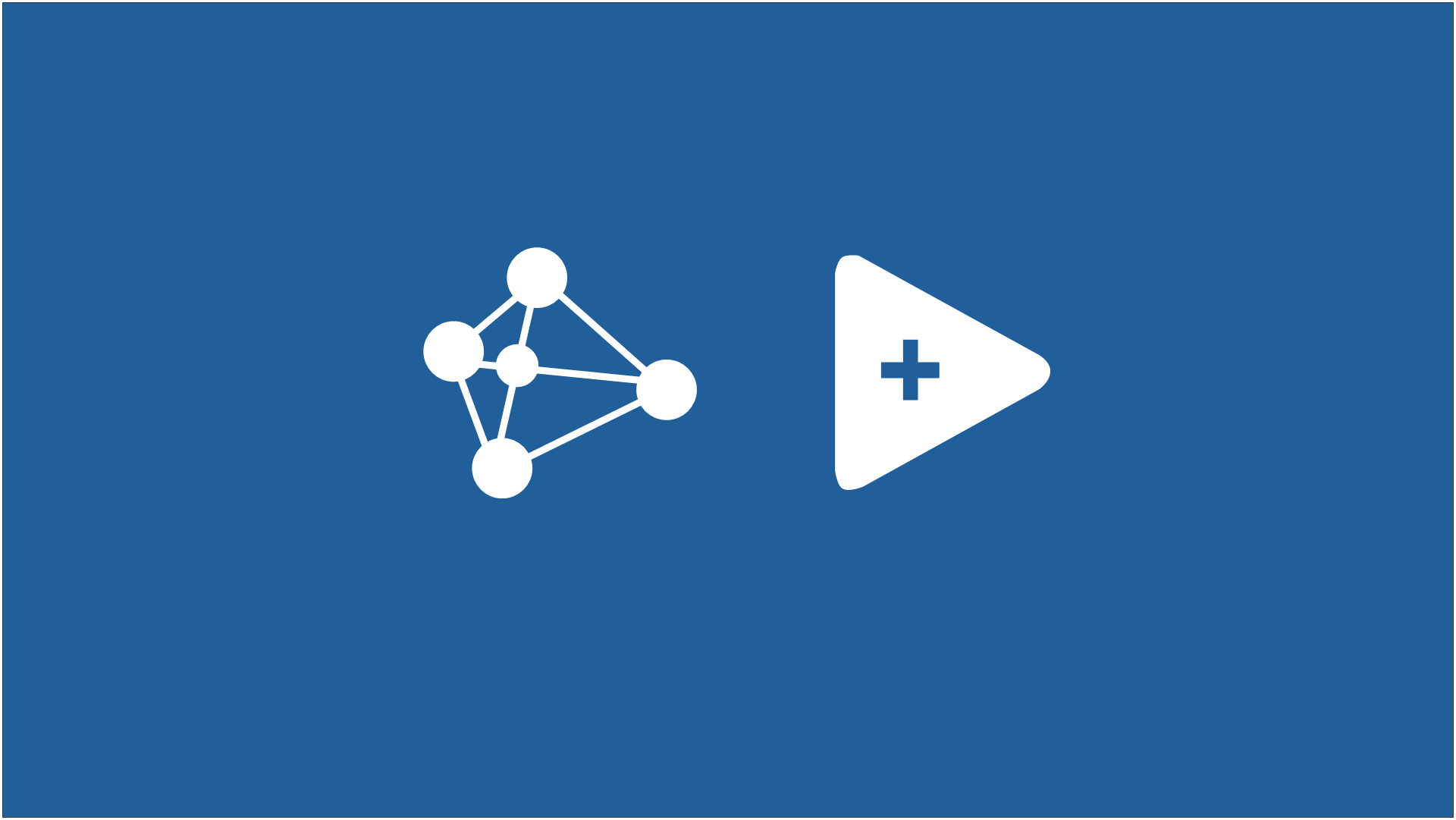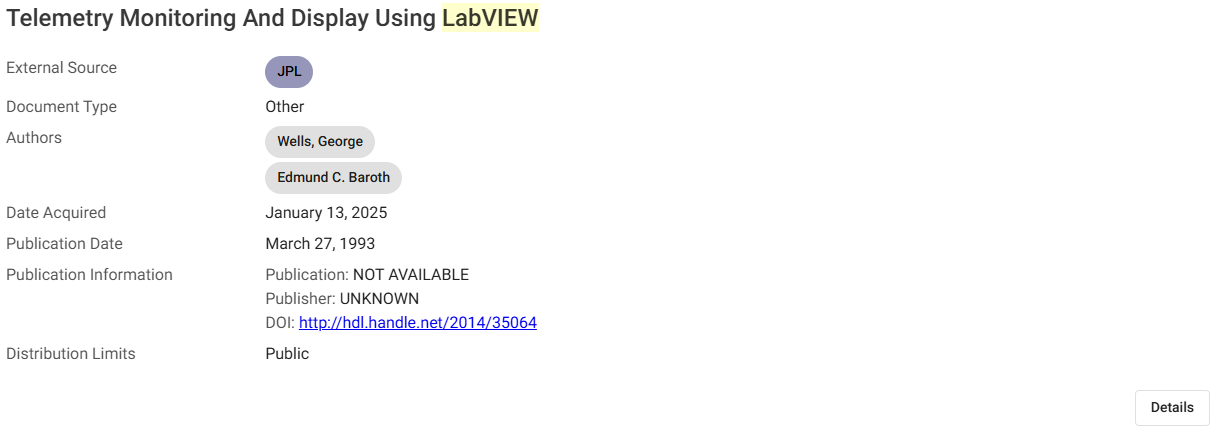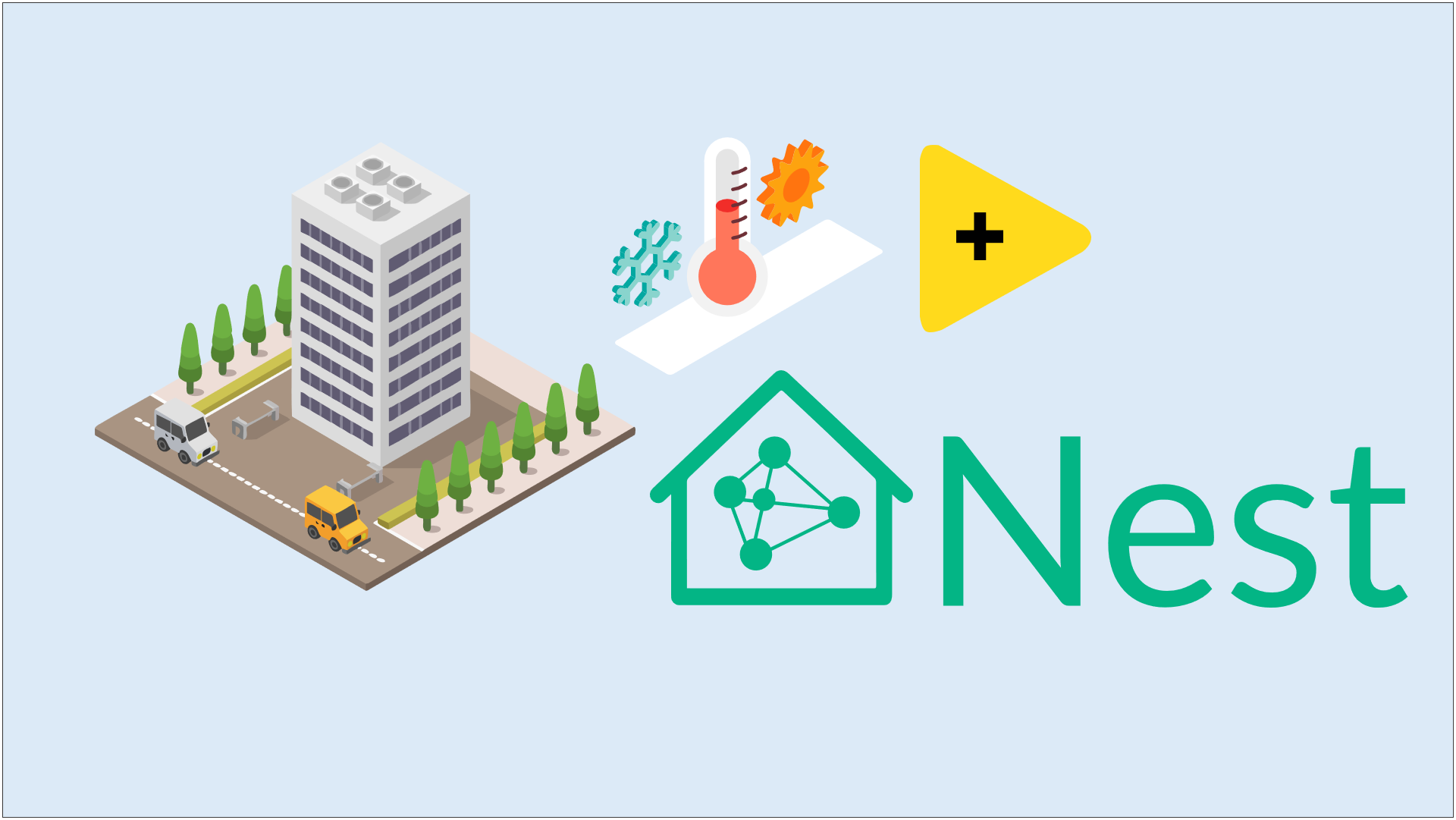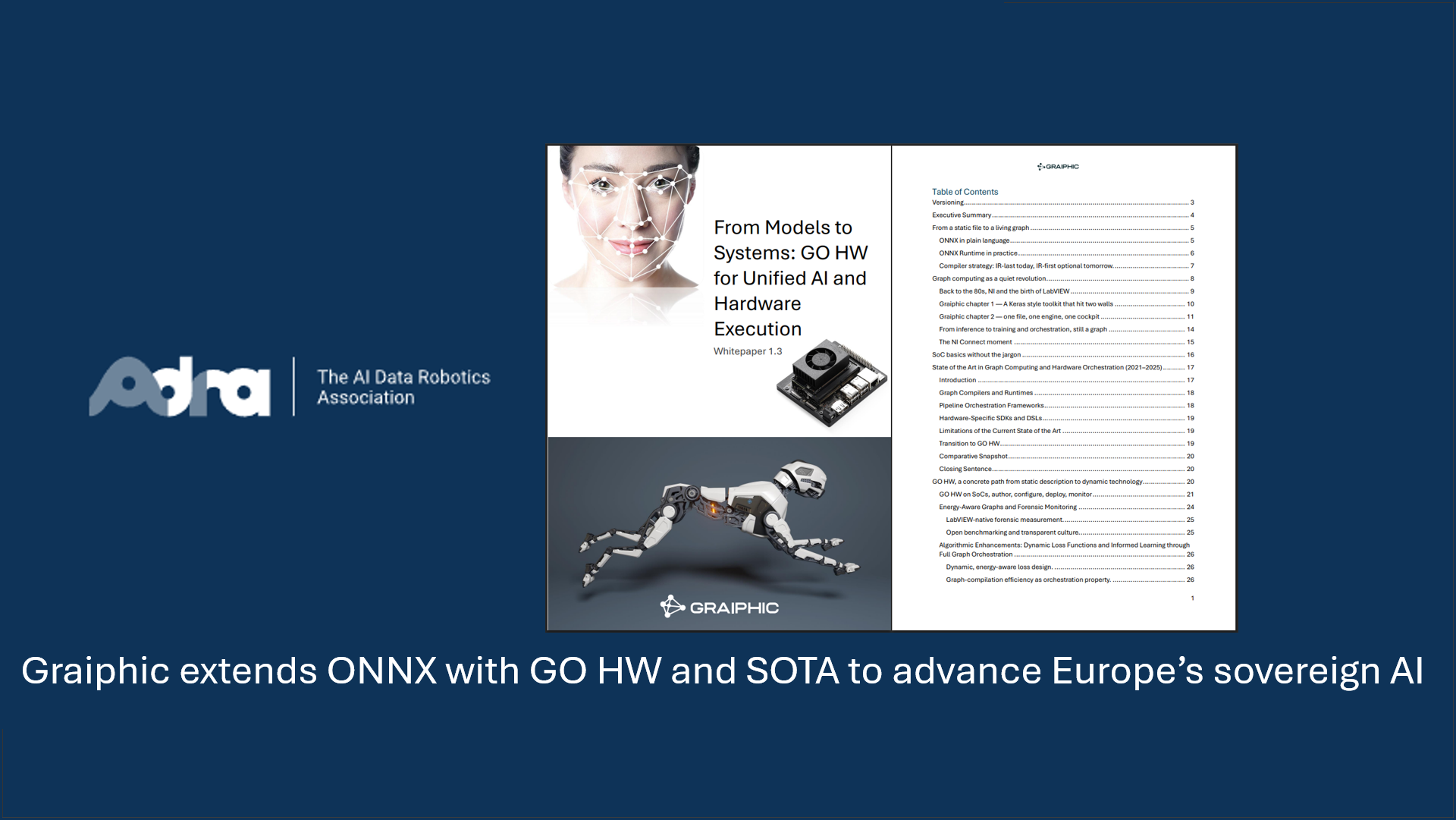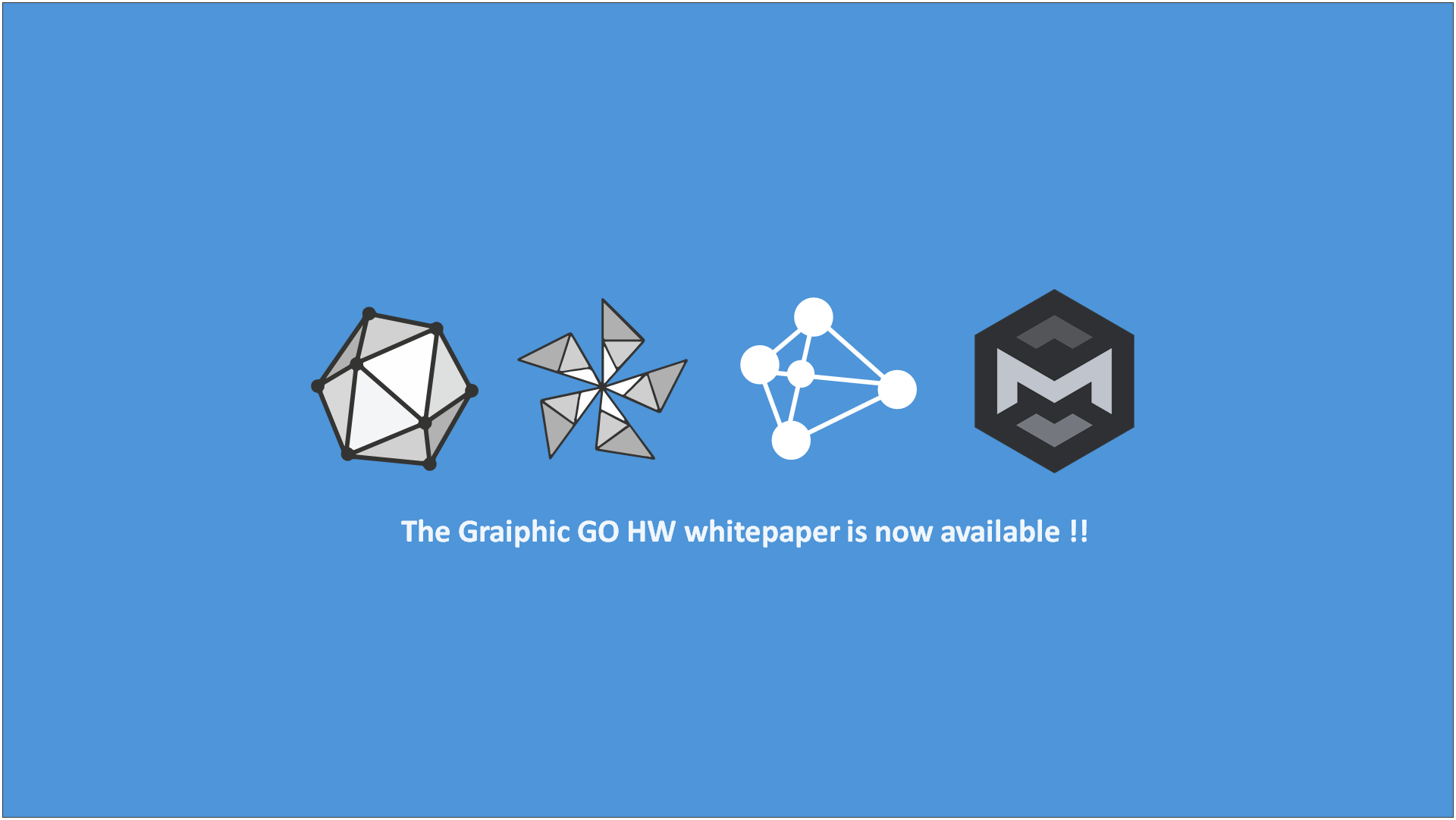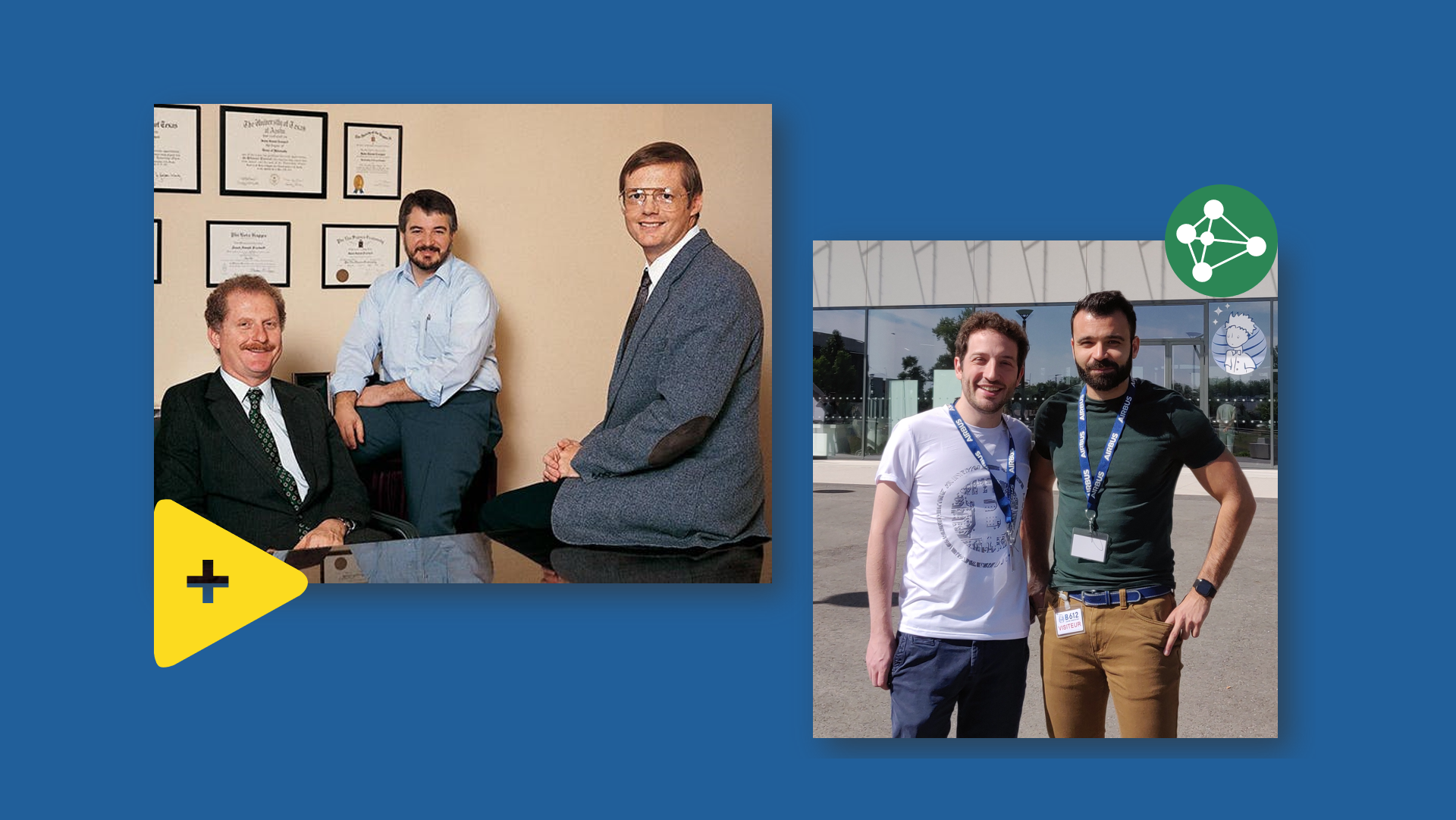AI development still heavily relies on traditional, text-based tools such as Python, TensorFlow, or C++. While powerful, these tools require advanced skills, significant time, and resources, often slowing innovation. The complexity of workflows, combined with the fragmentation of available solutions, poses major obstacles for teams.
SOTA, through its toolkits (Deep Learning Toolkit and Computer Vision Toolkit), offers a groundbreaking approach leveraging graphical programming with LabVIEW. This paradigm shift makes cutting-edge technologies accessible and simplifies workflows, providing an ideal solution for engineers, researchers, and even non-programmers.
The Advantages of Graphical Programming: Why LabVIEW Outperforms Text-Based Solutions
An Intuitive and Accessible Approach
LabVIEW stands out with its flowchart-based user interface. Unlike text-based programming languages such as Python or C++, where every line of code must be manually written, LabVIEW allows users to drag and drop functional blocks to build complex systems. This method:
- Eliminates syntax errors.
- Shortens the learning curve.
- Enables non-programmers to design and manage sophisticated technical projects.
Time-Saving and Cost-Effective
The time required to design and debug a program is significantly reduced with LabVIEW:
- Faster Development: Tasks that might take weeks in C++ can be accomplished in hours with the SOTA toolkits integrated into LabVIEW.
- Simplified Debugging: LabVIEW provides real-time visualization of data flows, making it easier to identify and resolve errors.
Standardization and Collaboration
- Improved Collaboration: Visual diagrams are easier for all team members to understand, regardless of their technical expertise.
- Process Standardization: The SOTA toolkits integrated into LabVIEW offer preconfigured components, ensuring project consistency.
Case Studies: LabVIEW in Action
The use of LabVIEW by renowned organizations highlights its advantages:
- NASA: LabVIEW played a pivotal role in the NDAS (NASA Data Acquisition System) program, enabling modularity, flexibility, and significant savings in development time and cost.
- Private Industry: LabVIEW is widely used for real-time process control in industrial automation and testing systems, with proven success.
NASA 1993 Telemetry Project Using LabVIEW
SOTA: A Revolution in AI Workflows
Introducing SOTA and its Toolkits
SOTA, short for State-Of-The-Art, is a suite of tools designed to simplify AI workflows by unifying key development stages. Its toolkits, particularly the Deep Learning Toolkit and the Computer Vision Toolkit, harness the power of LabVIEW to provide an intuitive graphical interface.
Solving the Problem of Fragmented Tools
Traditional AI workflows are highly fragmented. For instance:
- Data annotation is done with tools like Roboflow.
- Model training relies on frameworks such as PyTorch.
- Hardware optimization requires tools like TensorRT.
- Integration involves manual coding adjustments.
Each step involves different tools, leading to delays, incompatibilities, and additional costs. With SOTA toolkits:
- All these steps are integrated into a single, visual environment.
- Users can perform annotation, training, optimization, and integration without switching tools or writing extra code.
Key Features of SOTA Toolkits
- Intuitive Annotation: The Deep Learning Toolkit includes an integrated tool for data preparation.
- Unified Training Environment: A comprehensive, optimized training environment for machine learning models.
- Hardware Optimization: ONNX Runtime ensures compatibility with all hardware platforms (CPU, GPU, FPGA).
- Direct Integration: Optimized models can be seamlessly integrated into software projects via LabVIEW.
LabVIEW Deep Learning Toolkit: Medical UNet Example
The Synergy Between LabVIEW and SOTA: A Powerful Combination
SOTA Toolkits Powered by LabVIEW
LabVIEW’s graphical programming enables SOTA toolkits to offer a unique user experience. Users can design their AI workflows as diagrams, making them easier to understand and execute.
ONNX Runtime: Interoperability at the Heart of SOTA
By integrating ONNX Runtime, SOTA toolkits ensure full compatibility with major AI frameworks like PyTorch and TensorFlow. This ensures models can be optimized and deployed on any hardware platform, eliminating compatibility issues.
Concrete Results
- Reduced Time: SOTA toolkits simplify workflows and reducing development time.
- Cost Savings: Companies save on training, development, and maintenance costs.
- Accelerated Innovation: By removing technical barriers, engineers and researchers can focus on advanced challenges.
A Simplified Future for Artificial Intelligence
The SOTA toolkits, powered by LabVIEW, are redefining AI development. By unifying workflows, reducing costs, and simplifying usage, this combination democratizes AI while positioning Europe as a competitive player in the global technological race.
Adopting SOTA toolkits means choosing a simple, accessible, and high-performance solution to build the future of AI.




